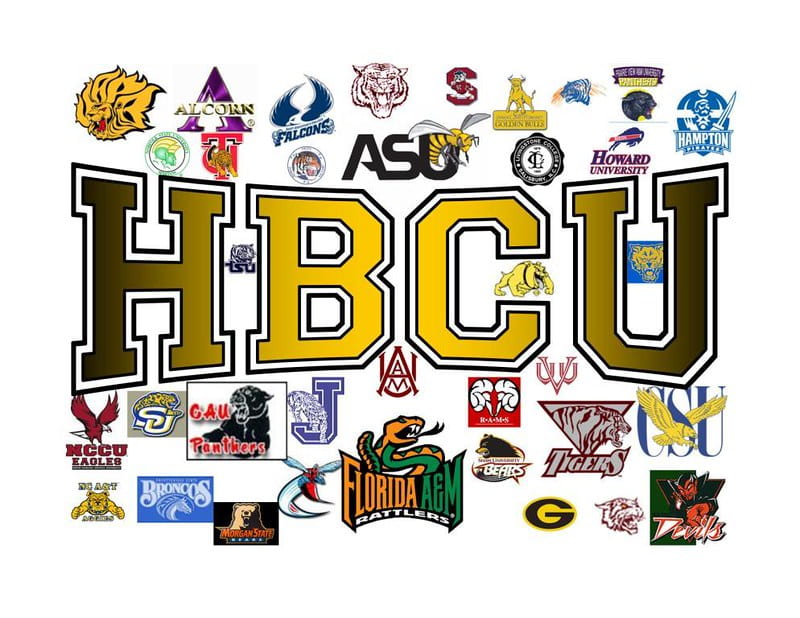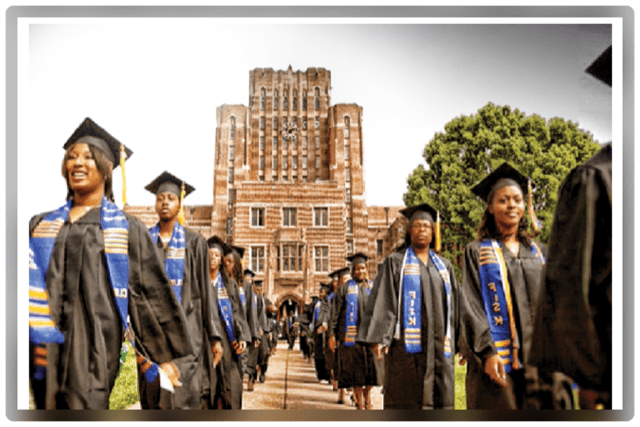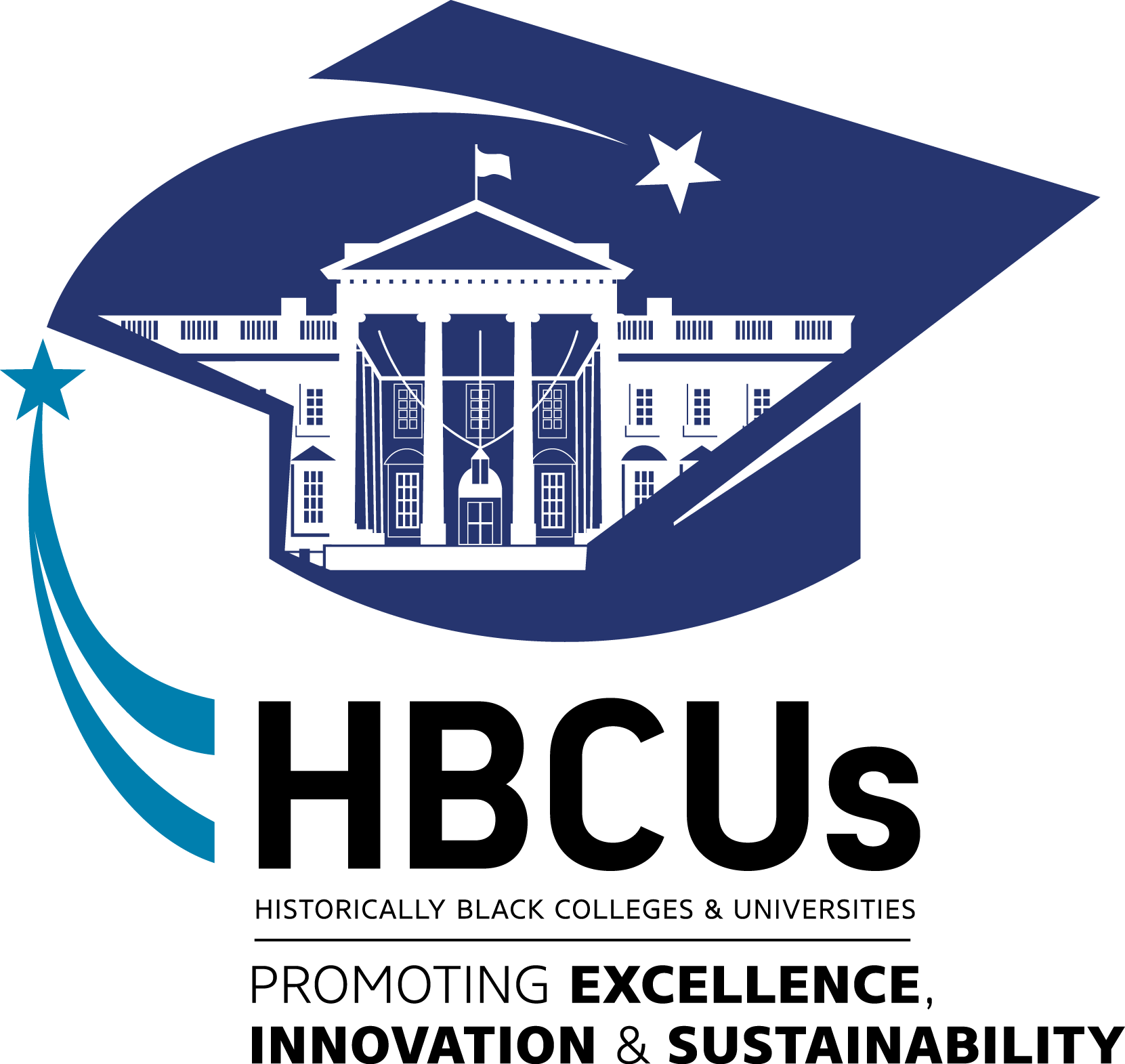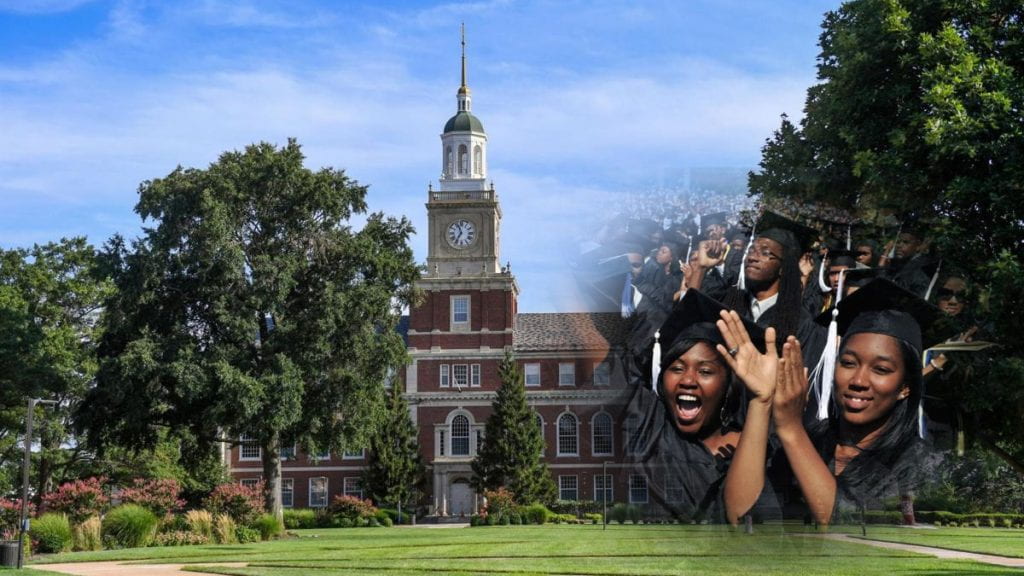by Jayla Carr

According to the United States Department of Education and Agriculture, sixteen states have underfunded their state’s land-grant, Historically Black Colleges and Universities (HBCUs), by more than $13 billion over the last thirty years. A land grant college or university is an institution designated by the state legislature to receive benefits under the Morrill Acts of 1890 and 1994. The act’s passing was to ensure that higher education would be accessible to all and not only wealthy individuals, being that before 1892, many of the United States institutes for Higher Education were privately funded and selective of who they allowed. It gave states the power to sell federal land to establish Public Institutions.
If HBCUs do not receive equitable funding, it can perpetuate inequities in educational outcomes and opportunities for underrepresented minority students. Understanding the history of HBCUs is essential to appreciate the significance of addressing underfunding. Many of these institutions were founded to address historical injustices, and chronic underfunding perpetuates these disparities, reinforcing the notion that Black students deserve fewer resources and opportunities than their white counterparts.

The History of HBCUs
Historically Black Colleges and Universities (HBCUs) have a rich history of providing education to Black men and women in the United States. They emerged in the early 19th century, with institutions like Cheyney University of Pennsylvania in 1836 and Lincoln University in 1854 initially focusing on teacher training. Over time, these institutions broadened their curricula and became vital education centers for Black individuals, offering various academic programs.
During the Jim Crow era, which lasted from the late 19th century into the mid-20th century, racial segregation laws enforced strict separation of Black and White individuals in public facilities, including schools. Predominantly white institutions were often closed to Black students, and even if they were nominally open, they were often unwelcoming and discriminatory. HBCUs filled this void by providing Black students access to higher education when other options were limited or nonexistent. These institutions offered a safe and nurturing environment where Black individuals could pursue education and intellectual growth. However, these institutions have faced persistent challenges, including funding disparities that hinder their mission of providing equitable education. State funding policies that allocate resources to public higher education institutions are at the heart of these disparities.

Addressing the Disparities
In the letters sent to the governors of Alabama, Arkansas, Florida, Georgia, Kentucky, Louisiana, Maryland, Mississippi, Missouri, Oklahoma, South Carolina, North Carolina, Texas, Tennessee, Virginia, and West Virginia. The Department of Education highlights the importance of HBCUs. The underinvestment of these institutions should be addressed, given that these institutions generate close to $15 billion and have considerable impacts on the predominantly black communities they serve.
The letter addressed to Governor Kay Ivey of Alabama, the Department of Education highlights the stark contrast between Alabama A&M University, the state’s first land-grant institution for African Americans, and Auburn University, the state’s first original land-grant institution, noting the differences in infrastructure and researching which Miguel Cardona, U.S Secretary of Education talks on saying that “Unacceptable funding inequities have forced many of our nation’s distinguished Historically Black Colleges and Universities to operate with inadequate resources and delay critical investments in everything from campus infrastructure to research and development to student support services.”
Since the COVID-19 pandemic, HBCUs have seen a massive enrollment increase despite a national decrease in college enrollments. During an interview with PBS News Hour, the President of Spelman College, an HBCU all-women’s college, Dr. Helene Gayle, attributed the increase in enrollment to an entire generation of young African Americans who have witnessed historic events. The inauguration of the first Black President of the United States, and the rise of movements such as Black Lives Matter and numerous instances of social injustice have motivated and encouraged young people to seek higher education in environments where they are surrounded by their community.
The increase in enrollment has caused some issues for many HBCUS, one being the need for more housing spaces to accommodate the influx of students. Tennessee State University has the most known case, with the university having to rent out five hotels for the 2022-2023 academic year. This has caused the Tennessee State Comptroller to come in and audit the University and their financial practices. Their report found that TSU had a “lack of planning, management, and sound decision-making.” TSU’s financial decisions play a part in the case. Still, one cannot deny that Tennessee underfunding Tennessee State University $2,147,784,704, the most of any other state, plays a role in their shortcomings. The University of Tennessee, the state’s original land grant-funded institution, has sixteen housing halls in Comparison to Tennessee State’s eight housing halls, including one that just opened in August of 2022.

Why HBCUs Matter
HBCUs have a rich history of contributing to research and innovation, often focusing on underrepresented areas in mainstream academia. Unfortunately, underfunding hampers their ability to invest in research projects, labs, and faculty development, affecting their capacity to compete for research grants and produce groundbreaking work. This lack of funding also hurts equity by limiting the contributions of Black professionals and academics in research, innovation, and industries like STEM.
Adequate funding is crucial for maintaining high educational standards, hiring qualified faculty, and offering up-to-date resources and facilities. When HBCUs receive less funding, it can lead to overcrowded classrooms, outdated technology, and limited course offerings. The disparity in educational quality can perpetuate inequities, particularly in the context of historically Black colleges and universities.
HBCUs have historically served as a pathway to higher education for Black students who were often excluded from predominantly white institutions due to racial segregation and discrimination. Inadequate funding can restrict their capacity to enroll and support students, limiting access to quality education. This impacts equity, making it harder for Black students, particularly those from low-income backgrounds, to pursue higher education and achieve social mobility.
Underfunded HBCUs may receive a different education and preparation for future opportunities than students at well-funded institutions. Therefore, providing adequate funding to HBCUs is essential for promoting equity and ensuring Black students have access to quality education and opportunities.

Support HBCUs
Growing up, I was fortunate enough to be surrounded by the pride and tradition of HBCUs. Being a native of Birmingham, Alabama, I have had the pleasure of experiencing the biggest HBCU football game, The Magic City Classic, every year. The way the community comes together to support their teams, regardless of the weather, is truly a unique and unforgettable experience.
Funding HBCUs appropriately not only demonstrates a commitment to inclusivity and solidarity with marginalized communities. These institutions are essential to a more just and prosperous future for all, as they continue to play a vital role in American education and culture. By recognizing the pivotal role of state funding policies, we can work towards a more equitable future where HBCUs receive the resources they need to provide quality education and continue their legacy of empowerment and opportunity. Public policy decisions at the state and federal levels directly impact HBCUs funding, support, and overall well-being. Advocacy, engagement with policymakers, and developing equitable policies are essential to addressing funding disparities and promoting equity in higher education for HBCUs.
Here is the list of every federal government-recognized HBCU in the United States. If there is one close to you, I encourage you to support one in any way you can, whether going to a sporting event or donating.
